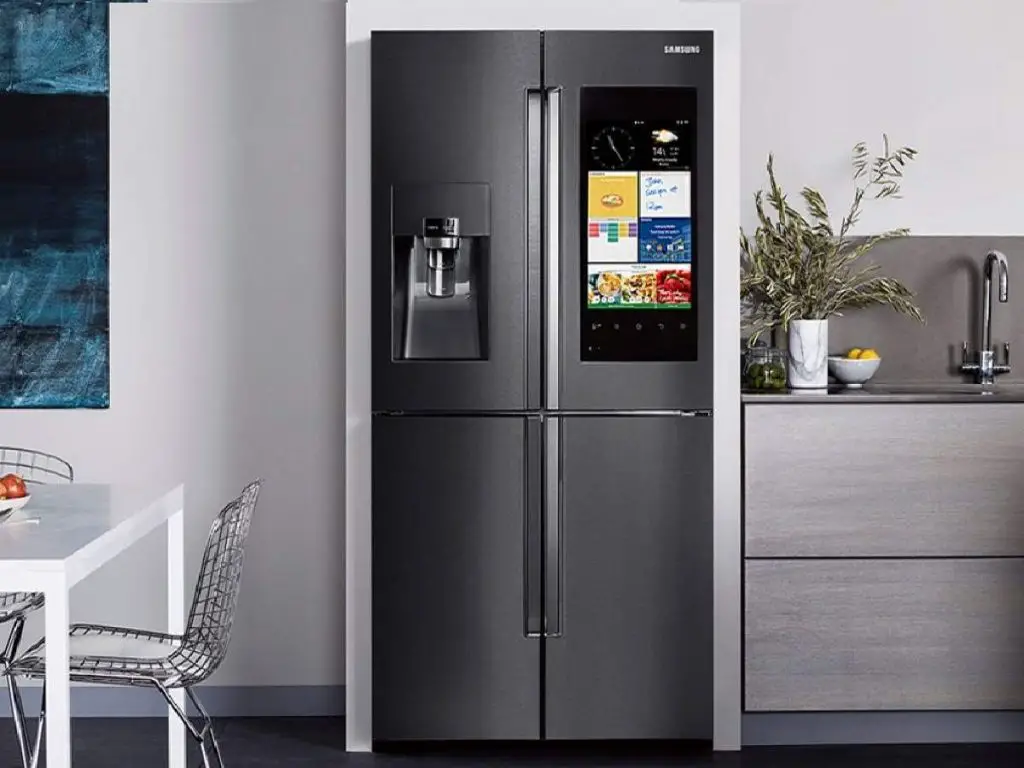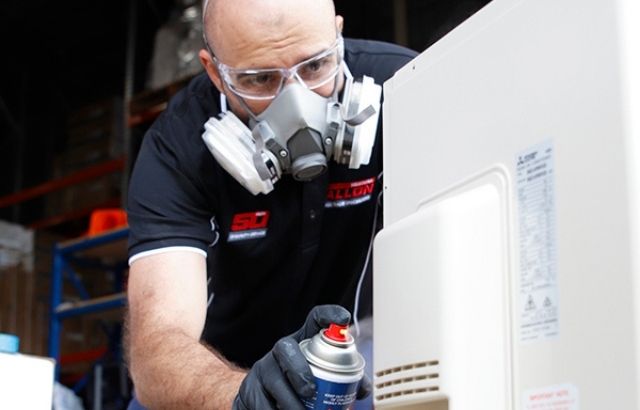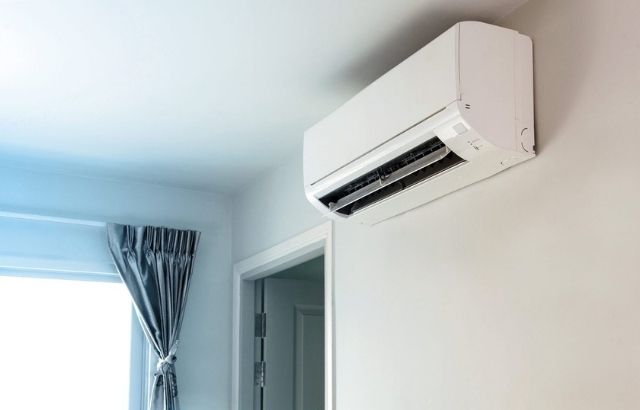Refrigerators are the widely used electrical appliances in the household all over the world. There are several kinds of refrigerators available in the market that serves domestic and commercial purposes. These include mini-fridges, French door fridges, walk-in refrigerators, double door fridges, and last but not least are wine coolers. Now the question is what coolants are primarily used in refrigerators? Modern refrigerators usually use a refrigerant called HFC-134a (1,1,1,2-tetrafluoroethane), which does not deplete the ozone layer, instead of Freon.
Refrigeration is a necessary food storage technique used worldwide, as low temperature decreases the risk of bacteria and other germs, thus reducing the rate of refrigerator damage. Furthermore, the working of the refrigerators is not so complicated, so if you want to know all about what coolants are primarily used in refrigerators, this article will be very informative for you.
What Coolants are Primarily used in Refrigerators?
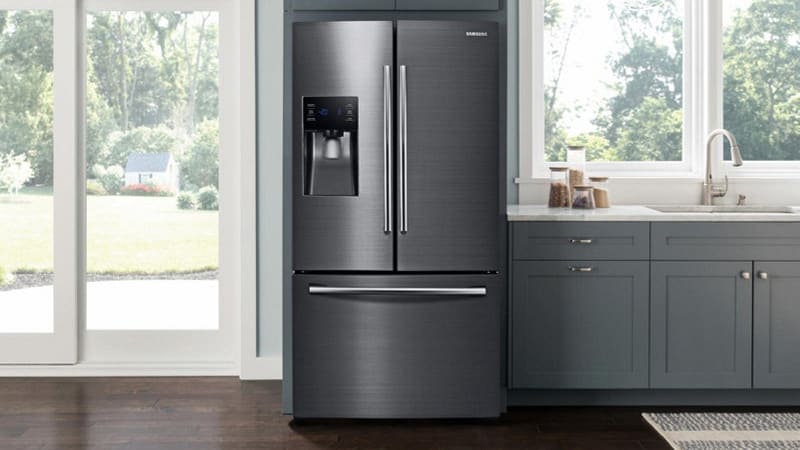
Early coolants used in refrigerators
Yes! No one can deny that coolant gas is responsible for keeping your food in the fridge cool. But, have you ever think how the refrigerator keeps your food cool and how cool air goes inside your appliances? The earliest forms of refrigerators work on the basic principle that requires a coolant in liquid form that converts into gases.
In ancient times when manufacturers were researching refrigeration, they used different types of coolants and typically thought that they would be best for the appliance. Sulfur dioxide, Ether, Ammonia, and methyl chloride were used as coolants in old fridges, but they are not in use nowadays due to their harmful effects.
Current gases used in refrigerators
Nowadays, different blends of hydro fluoro-olefins and HFCs are used by manufacturers in various types of fridges. In addition, modern refrigerators use these coolants, as they are environmentally friendly and are suitable for working.
Combustion engine coolants
A secondary coolant, Antifreeze, is an alternative for glycol-based chemicals water and can hold temperatures below 0 degrees Celsius, as it is used to cool down engine block in the combustion engine. Its function is the circulation in the cooling chamber and when it is in contact with it. When the anti-freeze temperature increases from the threshold temperature and the thermostat thermally is activated, the radiator cools down the liquid before the system pumps it back.
Secondary Coolants
- The secondary coolants like Antifreeze give the cooling effect by transferring heat.
- They act as the medium for heat transfer that dissipates heat with the use of a heat exchanger.
- The liquid medium used as the secondary coolants include air, water ammonia, hydrocarbons, and carbon dioxide.
- The aqueous systems have anti-freeze agents when freezing, and corrosion is concerned.
Circulating coolants
- One of the types of circulating coolant is secondary coolants used at industrial levels.
- The heat transfer fluids are made of either synthetic or non-synthetic liquids.
Non- synthetic liquids
- These liquids are made ofminerals, petroleum, or even water and are used in mechanical appliances because they provide lubrication.
Synthetic
- These products have ester and diester compounds, water-glycol fluids, silicon-based greases, oils, and poly glycols.
- Synthetic materials are more expensive as compared to non-synthetic liquids and have better cooling functions.
What is R-22 Coolant?
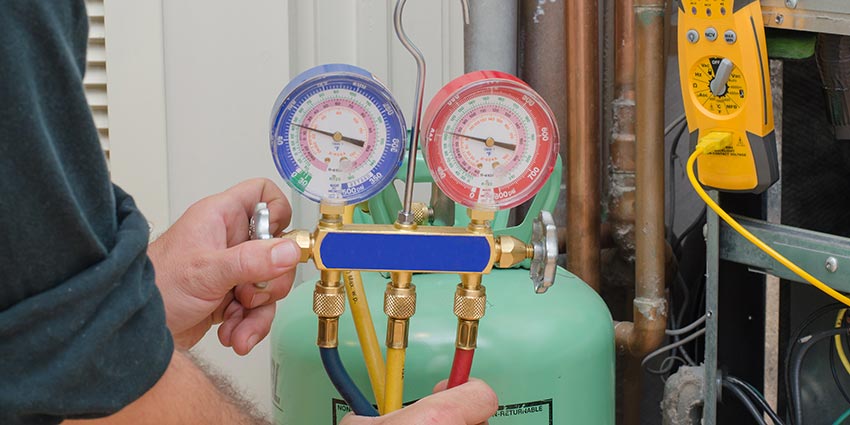
- R-22 is also known as Feron and is an element used in appliances like refrigerators and air conditioners to create the cooling effect by evaporation.
- It is generally used in HAVC systems, fridges, and vehicles also as a cooling agent.
- With the air circulation in your home, vehicle air conditioning system, or fridge, the feron gas creates a cooling sensation in the air.
Alternative of R-22 coolant
- Due to the drawbacks in R-22, R-410A, called Puron, is the best alternative to use in refrigerators as coolants because it is safer to use.
- Puron has been used in most household appliances and conditioning systems for more than 20 years as a coolant agent.
- Unlike Feron, puron cannot emit harmful gases and chemicals that can damage the earth’s ozone layer. As a result, HAVC and homeowners are constantly trying to use Puron as a coolant in household appliances for the safer side due to its no harmful effects.
- So keep in mind that while purchasing your new refrigerators, Feron has become illegal, so you should have puron as the cooling agent before the due date.
Why is Feron Banned?
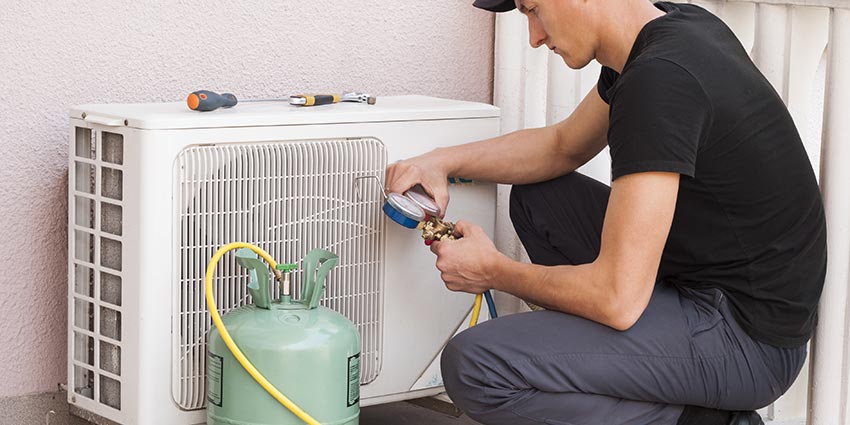
- As it is a chlorofluorocarbon, it dramatically impacts the atmosphere’s ozone layer, which protects the people and earth from the sun’s harmful rays.
- The research by most scientists proves that the more use of chlorofluorocarbon since the last decades has spread the damage of ozone layer, so it has become difficult for animals, plants, and even human beings to survive due to radiation and heat.
How coolants cool the climate and why HFC are getting phased out from refrigerators
The U.S. environmental protection Agency is deciding to remove the chemicals used as coolants in the refrigerator.
- The chemicals like hydrofluorocarbons were widely used in the 1990s as alternatives to earlier refrigerants. It was the base of chlorofluorocarbons and damaged the ozone layer, which is necessary for humans to live the harmful effects of ultraviolet radiations. As a result, EPA dropped the proposal to create the process for reducing the use of hydrofluorocarbons in cooling appliances like refrigerators.
- HFCs are less toxic than CFC but are the cause of another strong heat-trapping effect that is a primary reason for global warming.
- The new rule is introduced to decrease the U.S production and use of alternate gases by 85% for the next 15 years, apart from the global phase-out intended to slow down climate change.
How Hydrofluorocarbons keep Foods and Rooms Cool
- Electric appliances like refrigerators and air conditioners use a heat pump device, and it sounds very miraculous.
- The heat pump utilizes its energy to heat out the cold space and dumps it into the warmer one.
- If the refrigerator uses the proper fluid, it searches for the substance that can be condensed and evaporated at accurate temperatures by altering the pressure on the liquid.
- The chlorofluorocarbons do not react with the compressors and tubing to damage the equipment, as these are not harmful and flammable.
- This gas is also fit for electricity bills.
- Unluckily the chemical history of this gas is not good and threatened the entire world because leaking of it from the appliance remains in the environment for more extended periods.
- When this gas breaks down, they emit chlorine that reacts with the ozone layer, and thus, a dangerous layer emits it into the earth’s surface.
Why HFC is a Cause of Climate Problem
- Like chlorofluorocarbons, HFCs are reactive in air, so they can’t reach the stratosphere, where they damage the ozone layer.
- They help protect the world from ozone disasters and a good element used in refrigerators and air conditioners.
- The molecular structure of HFCs can absorb the thermal radiation and transform it into a greenhouse gas.
- HFCs are very good at catching infrared photons released by the earth, like carbon dioxide emissions on steroids. A few of this emitted energy warm up the climate.
- The reactive HFCs are used in the air by the rule of chemistry, and their function is only to warm the climate, but a minimal amount goes into the air.
- Every HFC molecule can absorb hundreds to thousands of times much heat as a C.O. molecule, makes them potent pollutants of the climate.
- The HFCs emitted from damaged cooling equipment can contribute approximately 4% of global greenhouse gas emissions.
- This is why discard HFCs as coolants and use alternative coolants that can overcome the climate crisis.
- This gas has functioned well to save the ozone layer but is a significant cause of global warming.
What is the best alternative to HFC?
- The good news about the alternatives of HFC is that Ammonia and hydrocarbon are the best in this respect.
- These two gases evaporate at room temperature and can be used as coolants from the earliest 20th century.
- Their reactivity power is excellent compared to other gases, which means that their compressors and plumbing materials are more leak-proof and corrosion-resistant and proved to be safer.
- Now the chemical industry is searching for the developed new alternatives that will not harm climate and humans.
What Coolants are primarily used in Refrigerators: FAQs?
What type of coolant is used in refrigerators?
Modernrefrigerators generally use a refrigerant called HFC-134a, which does not deplete the ozone layer instead of Feron.
What is widely used as a coolant in the refrigerator and air conditioner?
The most commonly HFC used in air conditioners is R-410. This refrigerant is better than R-22 in terms of ozone Depletion potential and energy efficiency, but it still causes global warming. A few more HFCs that are commonly used are R-32 in air conditioners and R-134 A in refrigerators.
What color is refrigerator coolant?
Your fridge should not produce any smells during regular operation. Be aware that feron is a colorless gas, so you won’t be able to see it.
What Freon do new refrigerators use?
The R-12 was once to go for residential and domestic refrigerator systems. However, the Feron R-134a refrigerant is now commonly used.
Why is it called a refrigerator?
The word refrigerator originates from the Latin word refrigerant, derived from the Latin objective frigus meaning.
Conclusion
So to conclude this topic, what coolants are primarily used in refrigerators? Whether to use synthetic or non-synthetic products in the refrigerators as coolant agents should be nontoxic for the people, environment, animals, and even plants.

